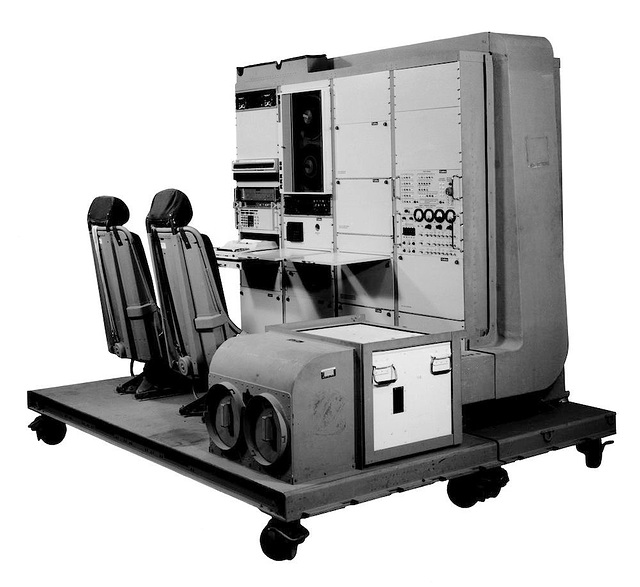See also...
Keywords
Authorizations, license
-
Visible by: Everyone -
Free use
- Photo replaced on 10 Aug 2017
-
312 visits
GPS receiver 1977


Fist GPS receiver station (1977) at Rockwell Collins.
Translate into English
Nikolaos Katsikis, have particularly liked this photo
- Keyboard shortcuts:
Jump to top
RSS feed- Latest comments - Subscribe to the comment feeds of this photo
- ipernity © 2007-2024
- Help & Contact
|
Club news
|
About ipernity
|
History |
ipernity Club & Prices |
Guide of good conduct
Donate | Group guidelines | Privacy policy | Terms of use | Statutes | In memoria -
Facebook
Twitter

From www.mio.com/technology-history-of-gps.htm on 11/08/17.
History of GPS
Originally designed for military and intelligence applications at the height of the Cold War in the 1960s, with inspiration coming from the launch of the Soviet spacecraft Sputnik in 1957, the global positioning system (GPS) - is a network of satellites that orbit the earth at fixed points above the planet and beam down signals to anyone on earth with a GPS receiver. These signals carry a time code and geographical data point that allows the user to pinpoint their exact position, speed and time anywhere on the planet.
GPS imageTransit was the first satellite system launched by the USA and tested by the US Navy in 1960. Just five satellites orbiting the earth allowed ships to fix their position on the seas once every hour. In 1967 Transit was succeeded by the Timation satellite, which demonstrated that highly accurate atomic clocks could be operated in space. GPS developed quickly for military purposes thereafter with a total of 11 "Block" satellites being launched between 1978 and 1985.
However, it wasn’t until the USSR shot down a Korean passenger jet - flight 007 - in 1983 that the Reagan Administration in the US had the incentive to open up GPS for civilian applications so that aircraft, shipping, and transport the world over could fix their positions and avoid straying into restricted foreign territory.
GPS imageUpgrading the GPS was delayed by NASA space shuttle SS Challenger disaster in 1986 and it was not until 1989 that the first Block II satellites were launched. By the summer of 1993, the US launched their 24th Navstar satellite into orbit, which completed the modern GPS constellation of satellites - a network of 24 - familiar now as the Global Positioning System, or GPS. 21 of the constellation of satellites were active at any one time; the other 3 satellites were spares; in 1995 it was declared fully operational. Today's GPS network has around 30 active satellites in the GPS constellation.
Today, GPS is used for dozens of navigation applications, route finding for drivers, map-making, earthquake research, climate studies, and an outdoor treasure-hunting game known as geocaching.
GrahamH club has replied to SV1XV clubSign-in to write a comment.